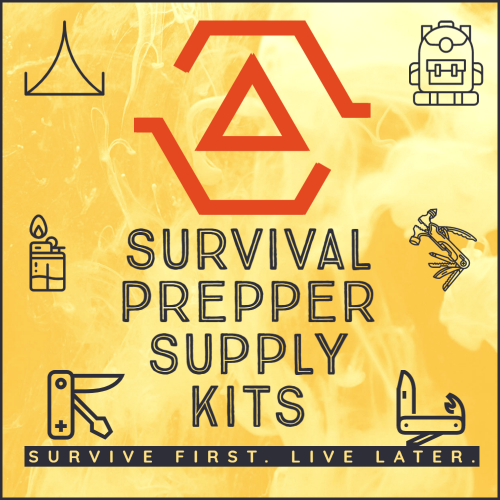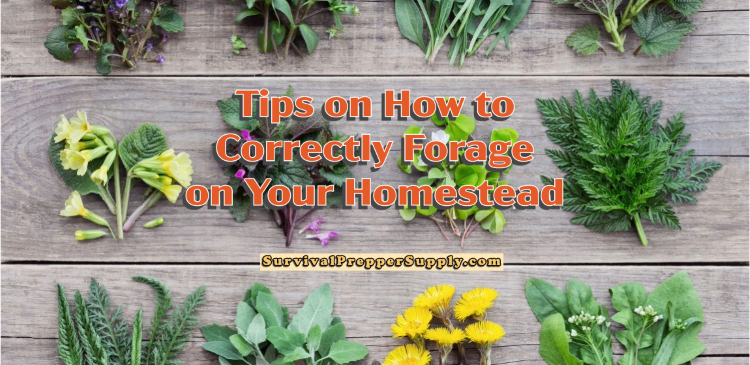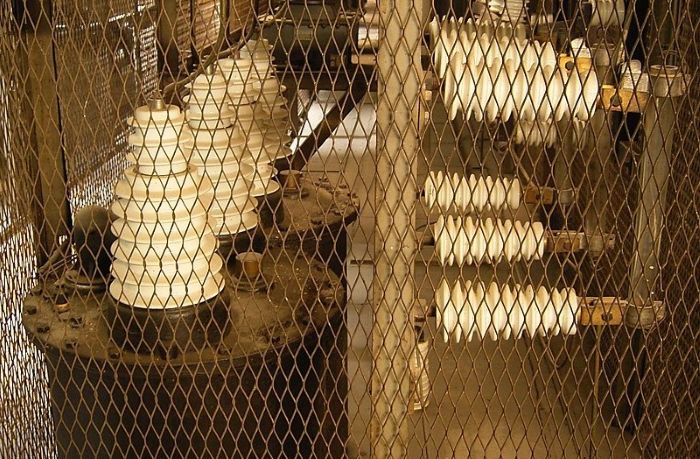Tips on Learning How to Forage on Your Homestead Property Properly
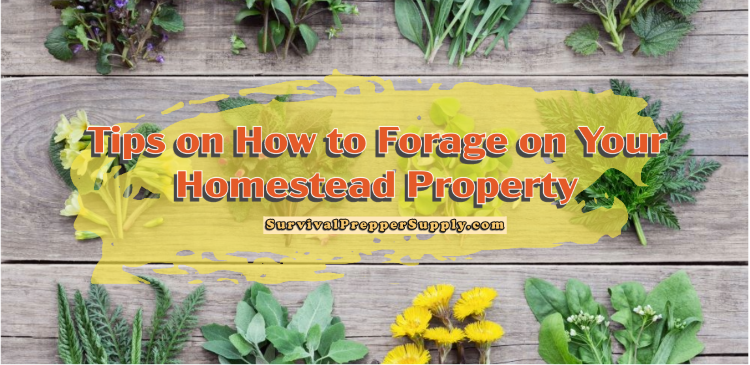
Plant Identification: Invest time in learning to identify local edible plants and their look-alikes accurately.
Field Guides: Carry field guides or smartphone apps for plant identification during foraging trips.
Safe Species: Focus on foraging for well-known, safe, and abundant edible species in your area.
Start Slow: Begin with a small selection of easy-to-identify plants and gradually expand your knowledge.
Seasonal Awareness: Be aware of the seasons and the availability of different edible plants throughout the year.
Sustainable Harvesting: Practice sustainable harvesting by taking only a portion of the plant and leaving the rest to thrive.
Leave No Trace: Follow the “leave no trace” principle by minimizing your environmental impact during foraging.
Location Matters: Forage in areas free from pollution and contaminants, such as pesticides or heavy metals.
Foraging Tools: Equip yourself with the right tools, such as a foraging basket or bag, gloves, and scissors or pruners.
Harvest Ethics: Respect the land and landowners’ rights while foraging, obtaining permission when necessary.
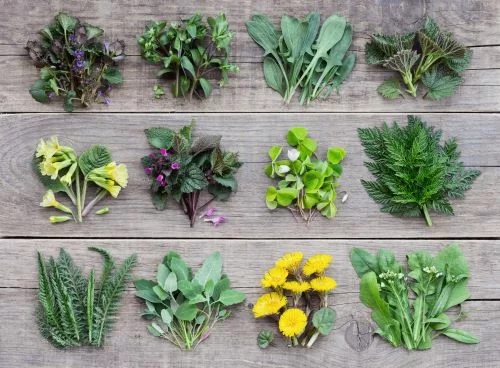
Food Safety: Wash and prepare foraged foods properly to avoid contamination or foodborne illnesses.
Taste Test: Sample small amounts of a new plant to ensure it agrees with your palate and body.
Diversity: Gather a diverse range of edible plants to create a well-rounded foraged meal.
Mushroom Safety: If foraging for mushrooms, become an expert in mushroom identification to avoid toxic varieties.
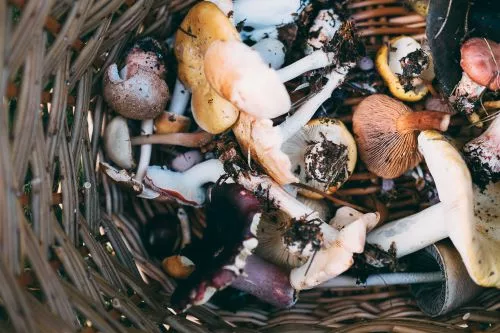
Preservation: Learn methods like drying, freezing, or pickling to preserve foraged foods for future use.
Record Keeping: Keep records of your foraging experiences, noting locations, dates, and the plants you found.
Cooking Techniques: Experiment with different cooking techniques to maximize your foraged ingredients.
Start with Familiar Foods: Begin with plants similar to those you know, like dandelions or wild berries.
Online Communities: Join online foraging communities to connect with others, share knowledge, and seek advice.
Responsible Gathering: Avoid foraging in protected or sensitive areas to preserve fragile ecosystems.
Ethical Foraging: Respect the land and only take what you can use to maintain ecological balance.
Toxic Plant Awareness: Educate yourself on poisonous plants in your region to avoid accidental ingestion.
Emergency Identification: Be prepared to identify food sources in the wild if needed.
Nutritional Value: Learn about the nutritional value of foraged foods to incorporate them effectively into your diet.
Seasoning and Spices: Foraged herbs and spices can add unique flavors to your meals.
PDF Download – Tips on How to Forage on Your Homestead Property
